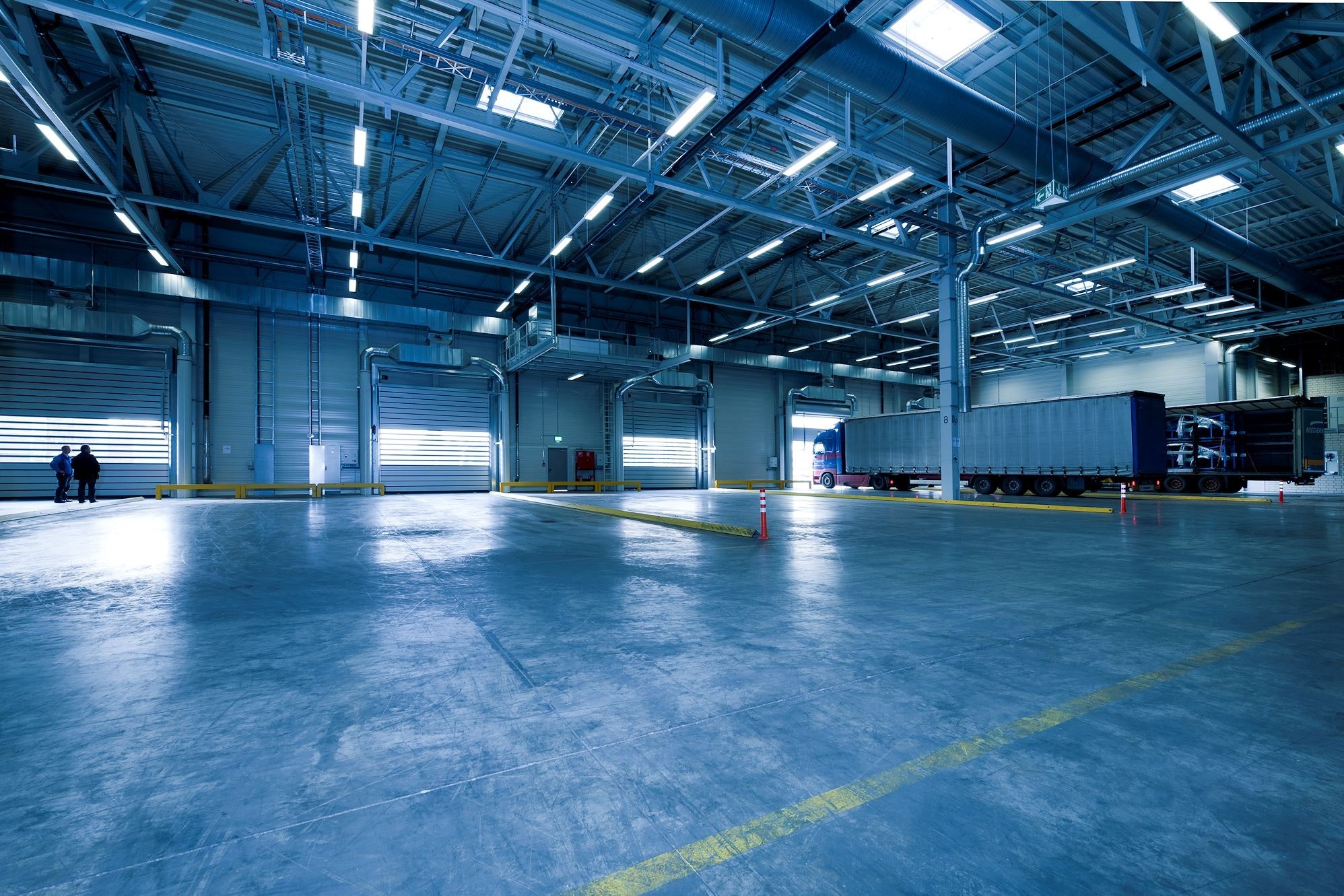As the demand for same-day and next-day delivery becomes the new norm, more and more companies are using Forward Stocking Locations (FSL) to make this possible. For those who don’t know, FSLs are smaller warehouses where stock can be stored and organised and placed nearer to the customer-end of the supply chain. As a logistical strategy, they create the opportunity for enhanced efficiency, customer satisfaction, and reduced overhead costs.
The ways in which these are implemented by businesses can vary. Some businesses go down the path of vertical integration, whereby they control all aspects of the supply chain — including storage spaces. Others may outsource this process to logistics companies: London courier CitySprint, for example, has a warehousing network of “21 wholly owned and 6 partner sites” across the UK.
Whichever one you pick for your business depends on your current setup and goals, but hopefully this article will help you understand the fundamental benefits of FSLs and guide you in your supply chain management.
Reduced Costs
Perhaps the biggest appeal of FSLs for businesses is that they help save money in the long run. The main reason for this is that when a business’s distribution network is de-centralised through the use of smaller hubs, this creates a more flexible supply chain.
For example, having a strategically-placed warehouse removes the need for dealing with time-sensitive, critical shipments, which can be costly. With a more strategically-located place to keep your items, you can enhance your customer’s experience while cutting the length of average shipping journeys, eliminating added mileage costs in the process.
However, there are conditions which make some options less cost-effective than others. Some FSLs will be manned, i.e. staffed with workers who can manage a more extensive inventory around the clock. Unmanned sites will require less maintenance but also generally have a lighter inventory. As WarehouseAnywhere explains, because of the larger footprint “the per-item costs on a smaller unmanned location will be lower, and there are no transactional costs for pickups by techs”. They add, however, that “there may be costs for re-stocking or courier deliveries”.
Faster Field Service and Returns
Since more and more customers see same-day delivery as a non-negotiable, using the appropriately-placed FSL with the necessary amount of stock allows you to cater to that demand with greater efficiency. However, another element of business logistics may be the need to send professionals to carry out maintenance, repairs or assistance to customers who have received their items.
Field service, as Salesforce explains, is at its simplest “the part of an organisation that deploys a worker to perform in-person service for a customer”. Not only can you process and execute deliveries faster from a well-placed FSL — thereby keeping consumers happy — you can also guarantee excellent after-sales services by using your strategic stock location for a speedy handling of any returned items for refunds or repairs.
Enhanced Warehouse Management
Managing smaller warehouses often demands the use of information to optimise the retrieval time for items that are known to be in stock. Placing stock at a location nearer to your desired market, therefore, it is not just about helping your supply chain maintain efficiency through overcoming geographic obstacles and reduced transportation. The distribution process also has to constantly take into account the status of inventory in order to maintain a high level of service when it comes to after-sales service.
FSLs help reduce the need to overstock your warehouse, which is often a back-up solution for supply chain disruptions. This is because they go-hand-in hand with greater planning through the use of data. You can choose the location and the specific quantity of extra items or parts that will go out to customers on demand, meaning that shipping is quicker, but also that your total inventory is better allocated across the entire supply chain.
This allows for a nimble distribution that can adapt according to varying levels of demand, for instance, for spare parts. As UK Tech News writes, “in some scenarios, organisations have tweaked reorder points and quantities to right size their replenishment cycles”.



 Bitcoin
Bitcoin  Ethereum
Ethereum  Tether
Tether  XRP
XRP  Solana
Solana  USDC
USDC  TRON
TRON  Lido Staked Ether
Lido Staked Ether  Cardano
Cardano  Avalanche
Avalanche  Toncoin
Toncoin